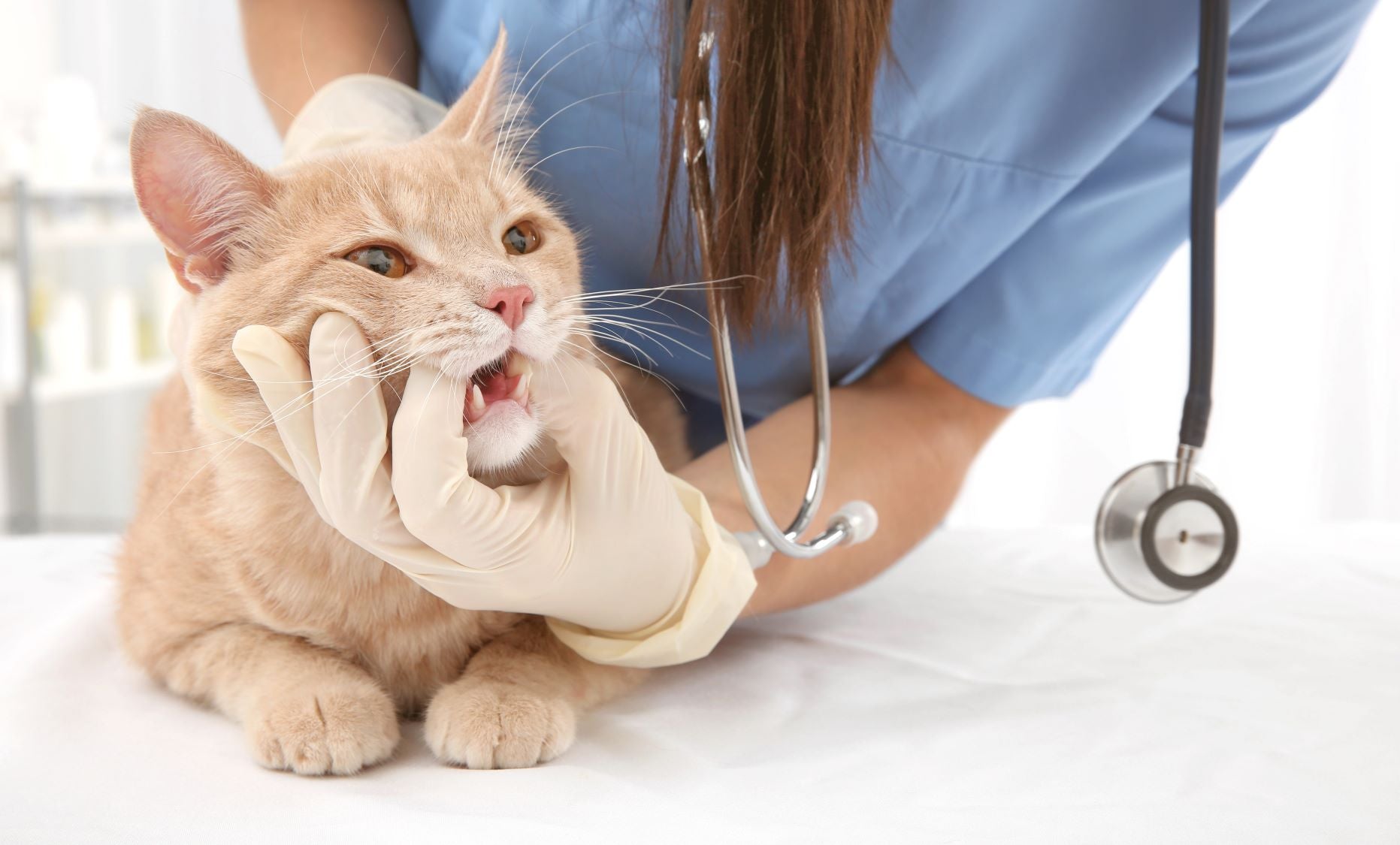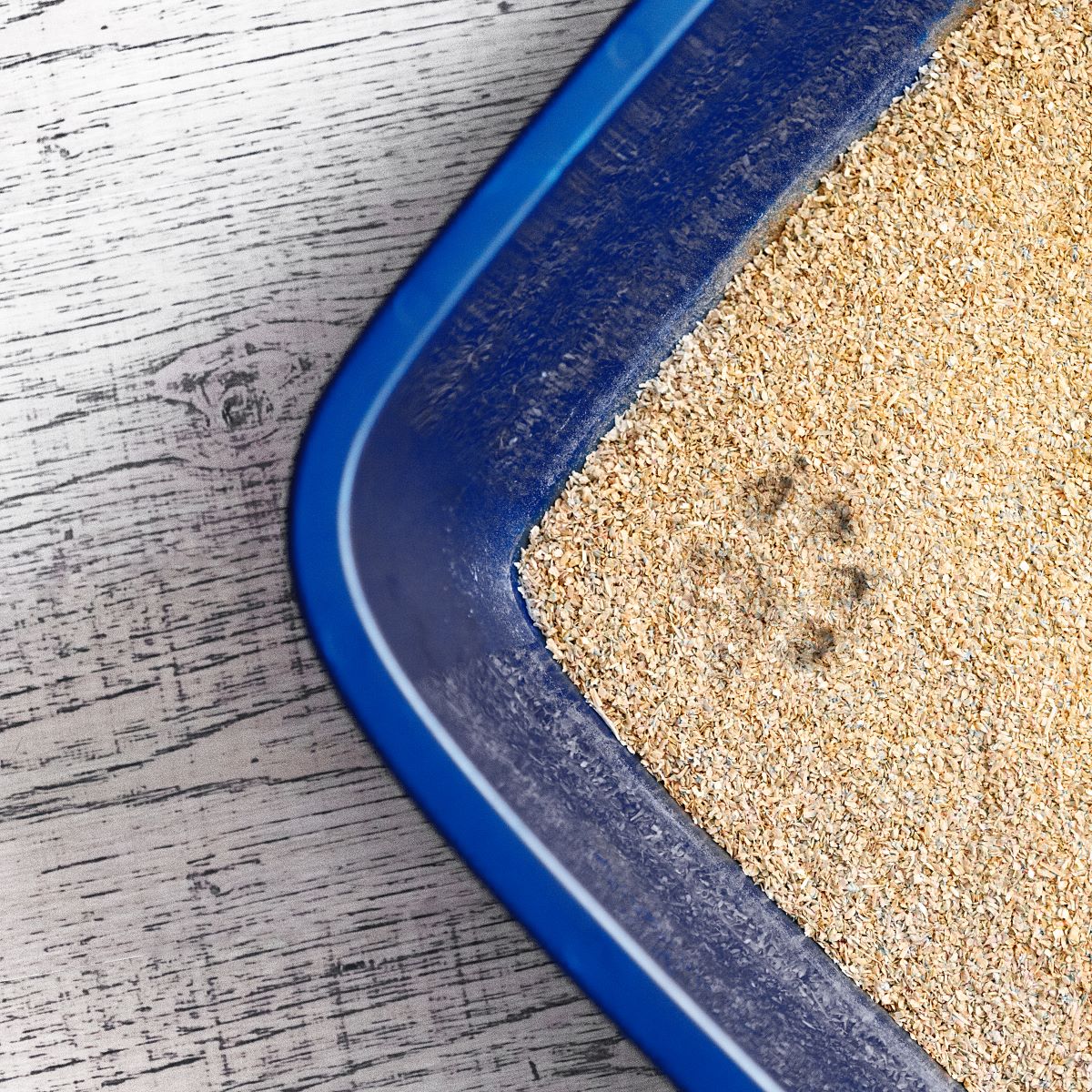
Cat & Dog Worming – All You Need To Know To Prevent Worms
Whilst your pets happily go about their business enjoying life and the world around them, there are unfortunately health issues they can pick up. One of them is the problem of worms and parasites, with infestations in pets more than just an unpleasant nuisance. If left undetected and untreated, they can be a serious health concern for both cats and dogs, so what can you do about it?
Fortunately, there is a way to prevent this, with regular worming essential to keep your furry friends healthy and to avoid further spread of infection. You may need to find some clever ways to give your dog or cat this type of medication, such as mixing tablets in food or confidently administering them directly into their mouth with a bit of patience, but this effort is worth it for a healthy pet.
Whether you're a new pet owner or just want to be more aware of the dangers of untreated worms, the below information can help you investigate further and keep your cat or dog worm-free.
What Kinds of Worms Can My Pet Catch?
There are a few types of worms that can affect your pets, each with its own unique unpleasantness. According to The People's Dispensary for Sick Animals (PDSA), the most common worms in cats and dogs include roundworms, tapeworms, lungworms, threadworms and whipworms.
- Roundworms – they live in the intestines and can cause serious health issues for puppies. They can grow up to 15cm long and look similar to spaghetti or noodles.
- Tapeworms – these live in the small intestine and are recognisable by the small, flat rice-like segments that can grow up to 50cm long. Cats may pick these up from fleas.
- Lungworm – found in dogs, these are carried by snails and slugs, causing serious health issues. This has become more common across the UK from dogs eating these when outside, and can even be picked from the grass or stagnant water.
- Threadworm and Whipworm – these also affect dogs but are rare in the UK. They live in the large intestine and can reach 2-3 inches in length.
Symptoms of your cat and dog having worms may include diarrhea, weight loss, a dull coat, and in more severe cases, respiratory distress, but sometimes there may not be symptoms as obvious as this. It’s important to not self-diagnose, so contact your vet if you notice any symptoms. Regular vet check-ups will help you catch these signs early and get the recommended worming treatment.
According to statistics from the CATS Report UK 2023 from Cats Protection, 16% of cat owners treat their cat for worms only when they think they are present when asked how often they tend to give their cat a worming treatment – however, cats do not show outward signs of worms when infected, so many cases are missed. For dog owners, almost 10% are unaware worming treatment should be given monthly to protect against nasties like lungworm according to a national survey of pet owners and vets by Elanco, with just 1 in 3 aware that lungworm can be found across the UK.
How To Prevent Your Pet From Catching Worms
So, now you know why they are a problem, how can you prevent your furry friend from catching worms in the first place? It does require a proactive approach, combining regular treatment with managing the environment they find themselves in. Here’s how you can keep your pets as worm-free as possible:
Regular Deworming – You’ll need a regular deworming schedule for your pets. According to Dr Lily Richards BSc writing for pet insurance provider Petgevity, puppies should be wormed every two weeks until they are 12 weeks old, then monthly up to 6 months old. Adult dogs should be wormed every 3 months at least, and more often if your vet recommends. With cats, this is the same, with your kitten wormed every 2 weeks until they are 12 weeks old, then once a month up to 6 months old. In adult cats, this should be at least every 3 months or more often if higher risk, such as if they are an outdoor cat.
Flea Control – Fleas can carry tapeworms, so controlling fleas is essential in preventing tapeworm infections. Use regular flea treatments as prescribed by your vet, and maintain a clean environment to reduce flea populations.
Environmental Hygiene – Dispose of pet poop quickly and regularly, especially in gardens and public areas where pets play. This will reduce the risk of your pets picking up an infection from eating the worms’ larvae.
Clean Feeding Areas – Regularly clean and disinfect your pet's feeding area including food and water bowls. Empty cat litter trays and clean them too.
Regular Vet Checks – Routine check-ups with your vet can catch infestations early before they become a major health problem. Discuss your pet’s lifestyle with your vet to tailor the worming schedule to their specific needs, such as if you have an indoor or outdoor cat or if you have a puppy or older dog.
Most of the time it’s about ensuring a good clean environment both indoors and in the garden to help create worm-free areas and being vigilant when taking your dog for a walk so that they don’t eat anything unusual. Regular worming treatment is still required to ensure the best prevention.
What is the Right Worming Treatment?
Having an effective worming treatment is crucial to protect your pets from parasites. With a variety of treatments available, including tablets and spot-on formulations, it’s best to speak to your vet for their recommendations and get a prescription worming treatment.
- Pet's Age and Health – Puppies and kittens will require different formulations than adults based on age and weight. Also, the vet will need to assess your pet’s current health to ensure the right treatment is used too.
- Lifestyle and Exposure – Outdoor pets or those who are frequently in contact with other animals might need more frequent or robust treatments compared to indoor-only pets.
- Different Methods To Treat – Consider how easy it is to administer the treatment. If you struggle to give pills to your pet, a spot-on treatment or an injectable administered by a vet might be a more practical choice.
- Treatment Effectiveness – Some products target only specific types of worms, while others offer broad-spectrum protection. Your vet can help prescribe based on the types of worms that are a risk for your pets and the area you live in.
Always consult your vet before starting any new medication. Ideally, you should avoid buying off-the-shelf worming treatments as the PDSA doesn’t recommend these. It’s best to book an appointment with your vet and get the right treatment prescribed the first time.
Minimize the Risk of Worms & Get Your Pet Regularly Treated
Overall, if you want to ensure your pet stays free from the horrors of worm infestation, avoid trying to do this yourself and self-diagnosing, or worse, ignoring the problem altogether. It’s all about staying vigilant about environmental hygiene both indoors and outdoors.
Early detection through regular vet check-ups is the best way to prevent serious health issues and keep your beloved cats and dogs healthy with worming treatment. Fingers crossed your dog or cat can enjoy many worm-free days ahead, keeping them at bay for as long as possible. If they do catch them, have peace of mind you can get the right treatment quickly from your vet for efficient removal.











 email us
email us